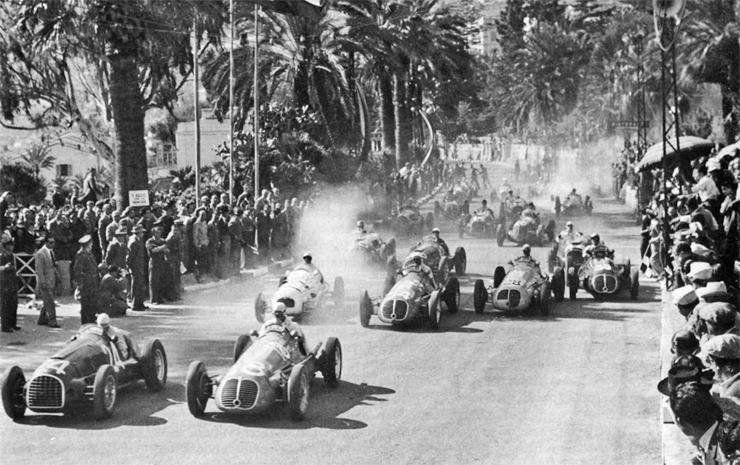Motor Racing History – Formula One And A World Championship For Drivers
In 1946, following World War II, only four races of Grand Prix calibre were held. Rules for a Grand Prix World Championship had been laid out before World War II, but it took several years afterward until 1947 when the old AIACR reorganised itself as the Fédération Internationale de l’Automobile or “FIA” for short, headquartered in Paris. It announced the new International Formula, also known as Formula 1 or Formula A, to be effective from 1947.
At the end of the 1949 season the FIA announced that for 1950 they would be linking several national Formula One Grands Prix to create a World Championship for drivers, although due to economic difficulties the years 1952 and 1953 were actually competed in Formula Two cars. A points system was established and a total of seven races were granted championship status including the Indianapolis 500. The first World Championship race was held on 13 May 1950 at Silverstone in the United Kingdom.
No Subscription? You’re missing out
Get immediate ad-free access to all our premium content.
Get Started



